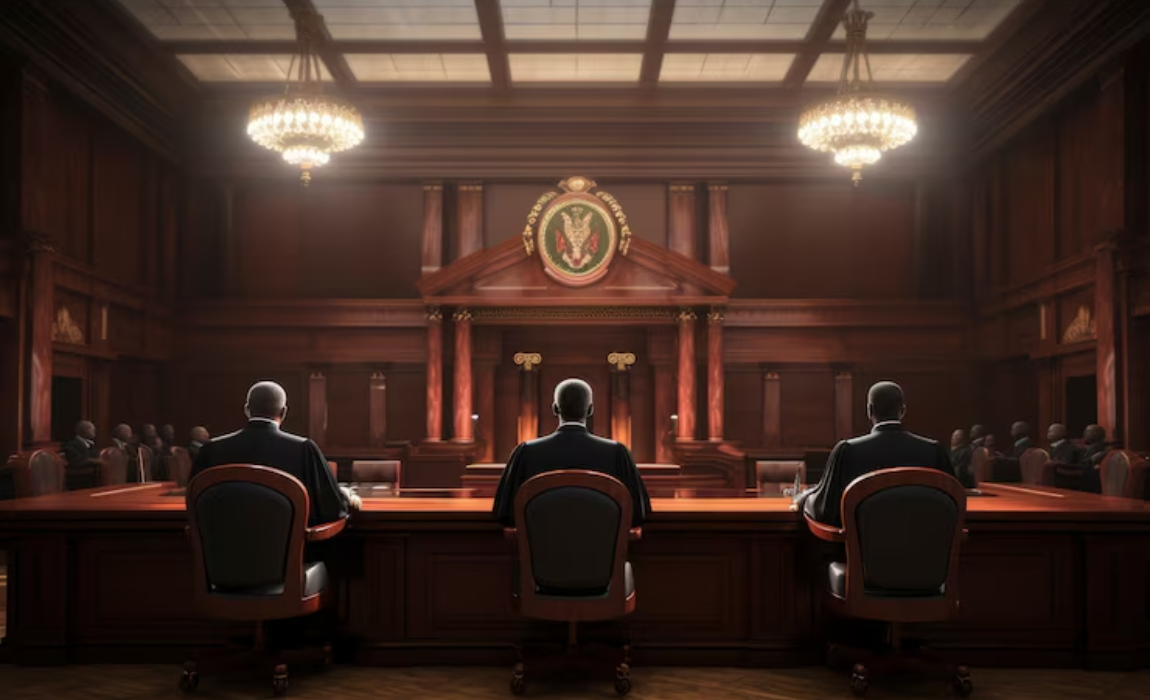
Supreme Court in Defence Of Rule Of Law, Federal Loyalty And Constitutional Supremacy
The Supreme Court of India has historically played a vital role in maintaining the country's constitutional order. As the guardian of the Constitution, it has time and again stepped in to protect the Rule of Law, preserve federalism, and assert the supremacy of the Constitution over all other powers.
Rule of Law means that every action of the government and every citizen must be following the law. No one is above the law, not even the State. The Supreme Court has protected this principle very strongly. The famous Kesavananda Bharati case (1973) laid down that the basic structure of the Constitution cannot be amended, no matter how large the parliamentary majority. Rule of Law is part of this basic structure. Even in cases like Navtej Singh Johar (2018), the Court made it clear that laws which violate fundamental rights and constitutional morality cannot be allowed
to survive.
Similarly, federal loyalty is another key principle the Court has defended. Though India has a strong Centre, the Constitution is federal in spirit. The Supreme Court in S.R. Bommai v. Union of India (1994) set important limits on the misuse of Article 356 and President’s Rule. It said that States have their own sphere and their elected governments cannot be dismissed casually. By such decisions, the Court made it clear that federalism is not just a formality but an essential part of our constitutional system.
Constitutional Supremacy has also been a consistent concern of the Court. Unlike in the British system where Parliament is supreme, in India, it is the Constitution that is supreme. Even Parliament has to act within the limits set by the Constitution. In Minerva Mills v. Union of India (1980), the Supreme Court struck down amendments that tried to give unlimited power to Parliament. The Court declared that harmony between Fundamental Rights and Directive Principles must be maintained, and neither can be sacrificed.
However, the Supreme Court’s journey has not been without criticism. During the Emergency (1975-77), especially in the ADM Jabalpur case (1976), the Court failed to stand up for citizens’ rights. But since then, it has made many efforts to redeem itself. Public Interest Litigations (PILs) became a powerful tool through which the Court expanded access to justice and took up issues of governance, environment, and human rights.
Today, with challenges like misuse of power, increasing centralization, curbs on free speech, and federal tensions in economic matters (like the GST compensation dispute), the Court’s role is more crucial than ever. It must ensure that governments remain within constitutional boundaries and that the rights and dignity of individuals are not compromised.
At the same time, the judiciary must also be cautious. Overstepping into the roles of the legislature or executive can upset the delicate balance of power. Judicial activism should not become judicial overreach.
In conclusion, the Supreme Court remains a critical institution for upholding democracy in India. By defending the Rule of Law, federal loyalty, and constitutional supremacy, it protects the soul of the Constitution. Its strength, integrity, and independence are essential for the survival of India's constitutional democracy.
